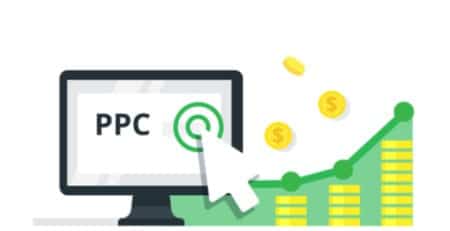Content overload: marketing in the age of distraction
Last Thanksgiving, the food feasted on and the recipes cleaned up, I noticeably remember taking a seat to enjoy one of the football games, then eying my phone for Facebook updates and brand-new email. Simultaneously, a marketing tsunami hit, as if every brand I would certainly ever come across was swamping me with messages in expectancy of sales. Garments and TVs. Mobile kids and also gadgets’ toys. Also those candles I would certainly purchased for my wife a pair months earlier.
In that minute, however short lived, the having fun area was clear and the challenges for brand names on full display: There could be more ways to get to customers than in the past, but those customers are more difficult to engage compared to before, also.
While my experience was in the essential onset of the holiday, the difficulties are not restricted to the vacations. Brand names are dealing with the same difficulties daily, as well as the basic velocity of business is mosting likely to make this an irreversible sensation.
Marketers need to know, more compared to ever, ways to damage via the clutter.
The expansion of electronic devices, paired with a deluge of brief, “snackable” web content, has offered customers greater choice than ever before in how and where they take in media. That’s brought about more diversions and ever-shrinking attention periods. A pair of pieces of information show the factor:
We utilize media more than ever before. Over the last 13 years alone, according to Nielsen research, ordinary time invested using consumer media has actually increased from 45 to 65 hrs each week. That’s a nearly 45% increase.
We change systems more compared to ever before. In one more research, Digital Natives (birthed 1990 or later) switched over media systems 27 times each hour, on standard– or concerning every various other minute. Those born before 1990 switched over 17 times per hr typically– not as tense, however pretty jumpy however. The results convert into a 30% reduction in interest period.
So, also as brand managers have more opportunity to “meet” consumers, those consumers are busy meeting various other brand names, too. That indicates less time for the necessary communication that brings about a sale. The “interest economic climate” has left brands battling for customer involvement in every edge of our lives– from TV and also mobile phones to planes, trains, as well as cars.
Just how can marketers know whether their imaginative was strong enough to defeat the rapid succession of advertising and marketing and also make a psychological connection with the consumer?
It was hard enough in the pre-digital age, when surveys were the lineup, however asking inquiries of hectic customers isn’t really whatsoever adequate today. To appear in this intricate environment, marketing professionals need to have an understanding of how our brains procedure info in the contemporary media landscape.
In the video game of telephone, the appropriate message is rarely passed on properly down the line. Picture that exact same video game while everyone has a mobile tool in their hands (paradoxically, a telephone, however they aren’t using it for that). Our brains, guided by our integral prejudices, do not virtually have the capacity to consciously refine every little thing that takes place around us.
Thanks for visiting the province of customer neuroscience.
The human brain has even more than 80 billion nerve cells, each one making in between 10,000 to 20,000 connections. The trick is to manipulate the reality that the mind refines details as it participates in to it, and tags the little bits it discovers psychologically relevant for long-term storage.
That is the consumer neuroscience definition of involvement: interest to something that emotionally affects you, activates a new (or enhances an existing) memory, and also affects future behavior.
Our feeling system gets on constantly. It’s constantly assessing information and also tagging the pertinent little bits for storage space. So it’s our emotion system that helps guide us to come close to something that we see has worth, flee from things that we don’t worth or considered as a threat, and overlook practically everything else. The truth that you possibly don’t know this (unless you are a neuroscientist) leads us to one more vital point: Most of this procedure occurs listed below mindful awareness.
Just how do online marketers benefit from this info, thinking about that most of mind processing is non-conscious? Concerns won’t do it: “What were you believing automatically recently?” won’t get you very much.
Consumer neuroscience provides insights that go deeper compared to asking a person a concern or having people fill up out a study or turn a dial. It provides non-conscious, objective, neurobiological-based actions. It makes use of tools that allow marketers to record the essential components of engagement: feeling, memory and interest activation.
As human beings, we prefer to think about ourselves as reasonable animals that sometimes act emotionally. But contemporary neuroscience informs us the opposite is most likely true: We’re emotional animals that occasionally act reasonably.
Involving the contemporary customer means discovering how to develop messages that psychologically resonate.
As a popular poet as soon as claimed, “I’ve learned that individuals will neglect exactly what you said, people will certainly neglect exactly what you did, however individuals will certainly never ever forget exactly how you made them feel.”






